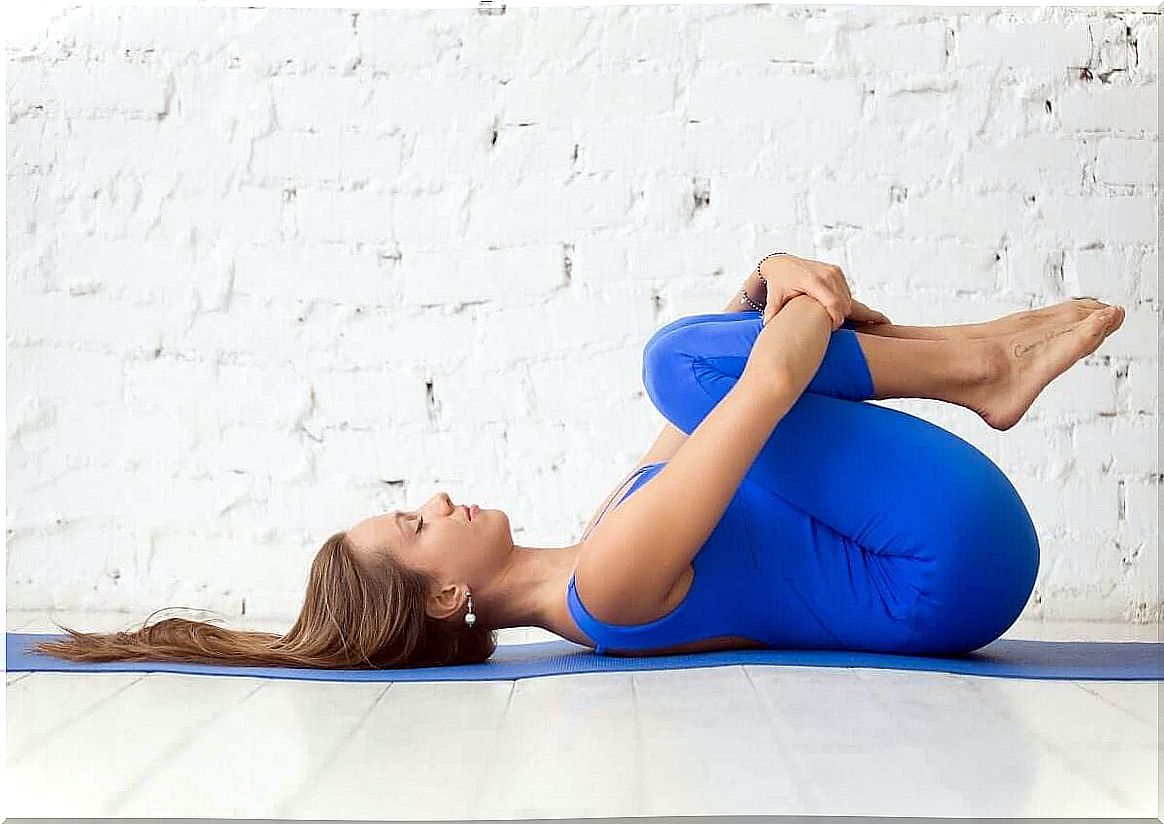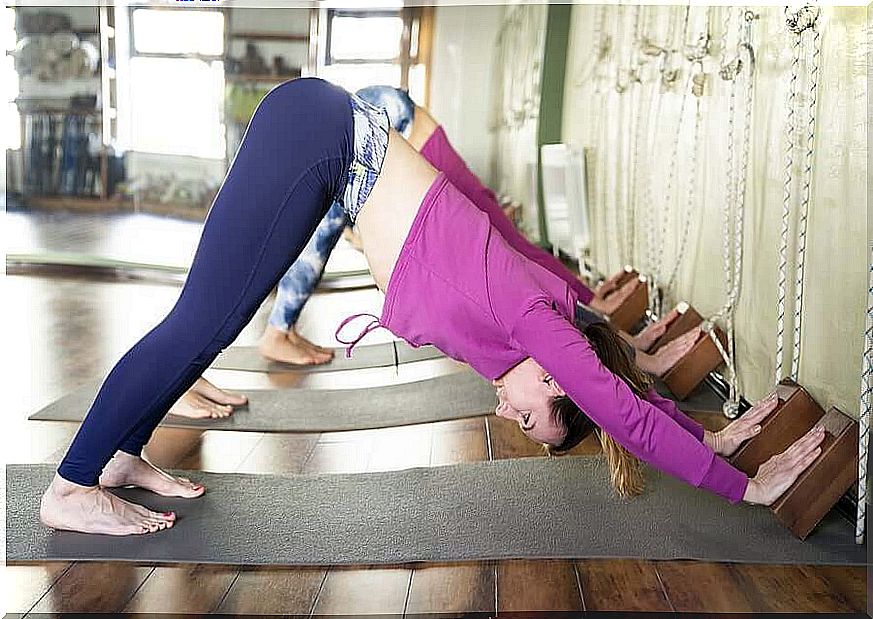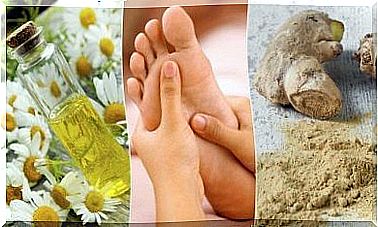6 Muscle Stretching Exercises

Muscle stretching aims to increase, maintain, and prevent deterioration in the flexibility and elasticity of muscles. Now, although it may not seem like it, it is useful for all people, not just those who play sports daily, but also those who work in offices.
As points to a study published in the Journal of Physical Therapy Science , elongation specific muscle groups can contribute to improve posture and reduce the musculoskeletal pain.
It is most convenient to consult a physiotherapist or physical trainer on how to perform muscle stretching correctly.
What is flexibility?
Flexibility is the ability of muscles to move the joints, according to their mobility capacity, without feeling any pain or damage.
By increasing flexibility, the secretion and retention of joint lubricants is favored. Therefore, it helps to reduce friction between muscle fibers.
In summary, stretching prevents the risk of blocks or injuries when performing a sport.
The Importance of Warming Up in Muscle Stretching
Never do stretching exercises without having warmed up first. Warming up is essential as it prepares the body for physical effort, thus helping to prevent injuries.
There’s no need for an exhaustive warm-up: just exercise your muscles with gentle, low-intensity exercises for five to ten minutes.
Remember, it’s important to execute the moves well. Otherwise, the risk of injury is greater.
Types of muscle stretching
There are several types of stretching exercises. However, we share those that anyone can do, no matter if they do little or a lot of physical activity.
1. Lateral neck crunches

When we go through stressful times, the trapezius muscles often ache. This area extends from the base of the skull, the upper part of the neck, to the edges of the shoulder blades that connect with the shoulders.
- To relax this area you should stand in an upright position and try to bring your head to one shoulder, alternating both sides and keeping them at the same height, without shrinking them.
2. Calfs
- To perform this exercise, you need to support yourself against a wall with your hands and forearms at a 90-degree angle.
- Lean forward, with one leg bent forward and the other backward, without separating the soles of your feet from the floor.
- Our entire body must form a straight line. In this way, bend the knee of the front leg and stretch the back leg.
- Hold the position and, after about twenty or thirty seconds, slowly alternate with the other leg.
3. Adductors

- On your knees, place your toes to the sides.
- Your forearms rest at a right angle below your shoulders on the floor and, without arching your spine, slowly exhale.
- As you exhale, spread your knees and lower your chest toward the floor while stretching and sliding your arms forward into a parallel position.
This exercise is a bit demanding. However, try to do it at your own pace and according to your flexibility capacity.
4. Back of knees
- This exercise is performed sitting on the floor, with both legs straight and stretched forward.
- Draw a towel or sash across the balls of your feet, right in the center, and tie it at the ends.
- Then gently pull the strap toward your body as far as you can until you feel a stretch in the back of your knees.
- Hold this position for twenty to thirty seconds and release slowly.
5. Lower trunk

- Lying on your back, bend your knees and bring them to your chest.
- Then pull your thighs with your hands and bring your heels to your buttocks as you lift and separate your hips from the floor.
- It is recommended to do this stretch for thirty to forty seconds.
6. Top of column

To perform this stretch you will need a fulcrum.
- Stand in front of the fulcrum and stretch your arms, parallel, until you hold onto it.
- Lower your torso, without arching your spine, and keeping your legs straight.
- Little by little exhale and try to lower your shoulders to slowly stretch your spine.
As you can see, there are a lot of stretching exercises. However, the selection of these exercises for the routine will depend on factors such as age, physical condition, type of exercise or sport we practice, among others.
Finally, the practice of these exercises after any physical activity will prevent the rapid degeneration of the body and will help us to remain more mobile throughout our lives.
Precautions when performing muscle stretching
If any stretching exercise is difficult, you have doubts about its correct execution or if it causes any pain, do not continue as it could cause injury. As we mentioned, in such cases it is better to seek advice from an expert.
In addition, it is not recommended to do stretching if you suffer from osteoporosis, injuries, sprains, inflammation or infections in any limb you want to work on.
Therefore, we suggest visiting a doctor to rule out any problems.









